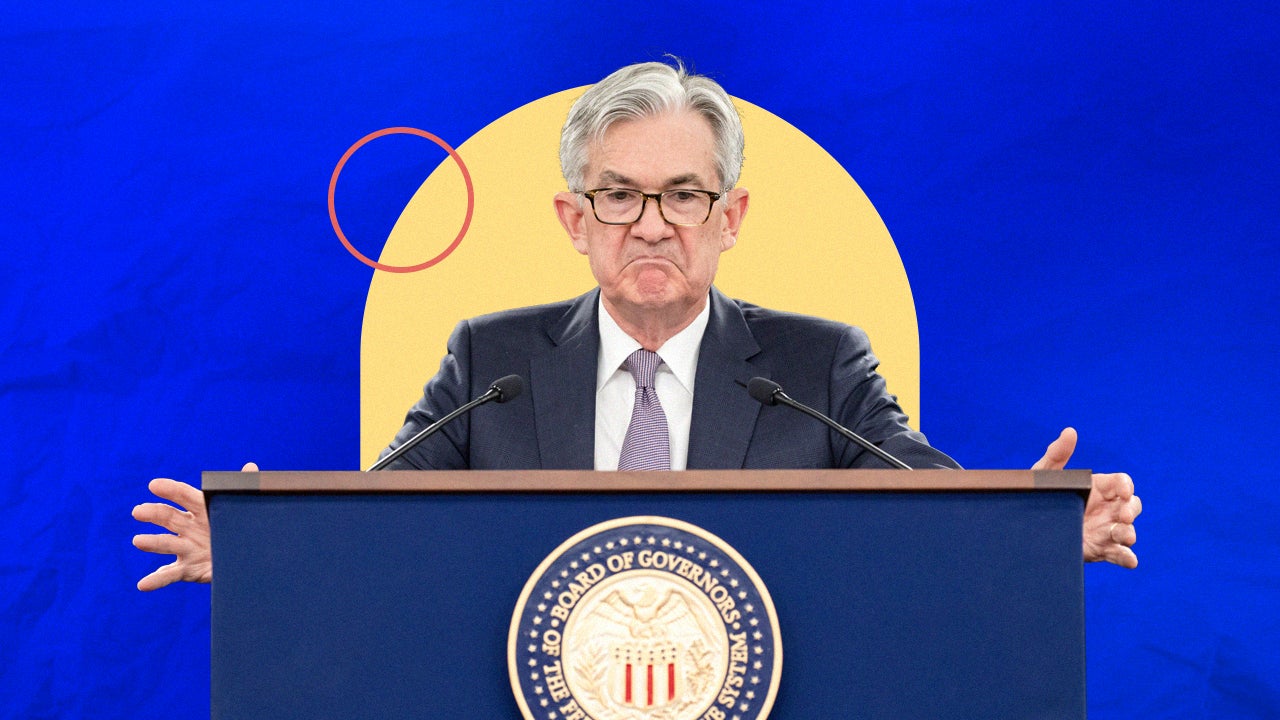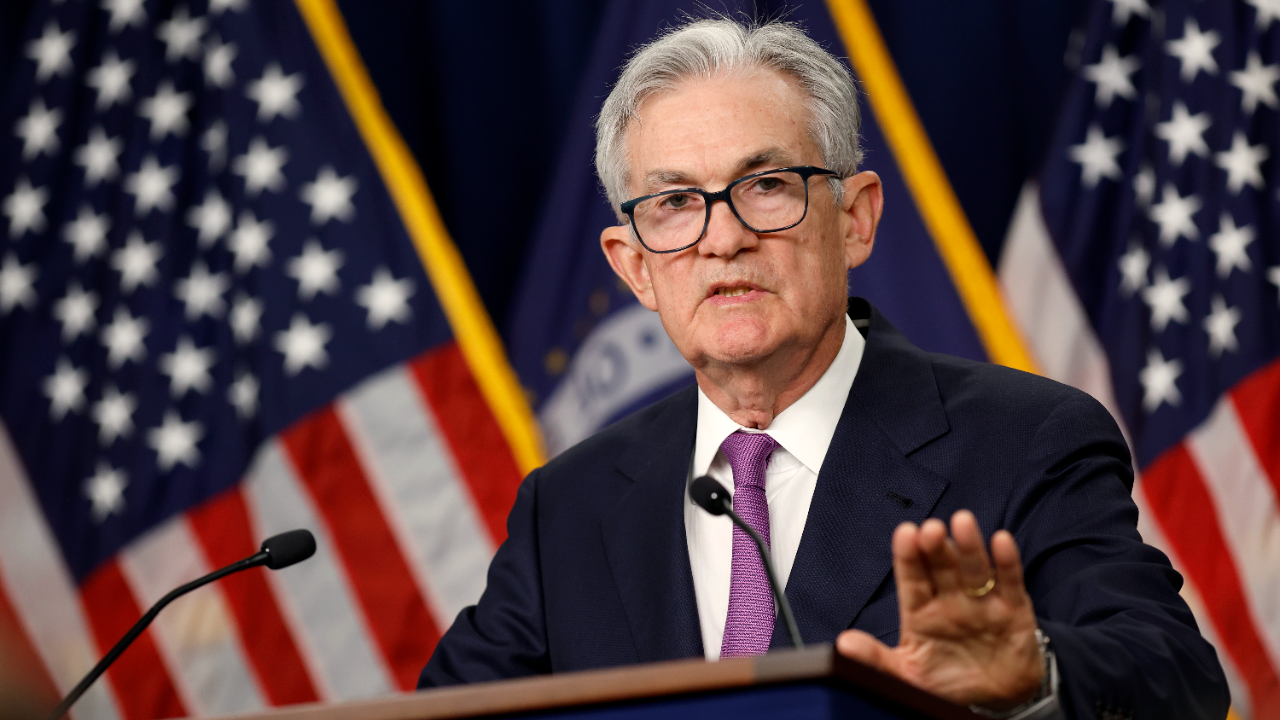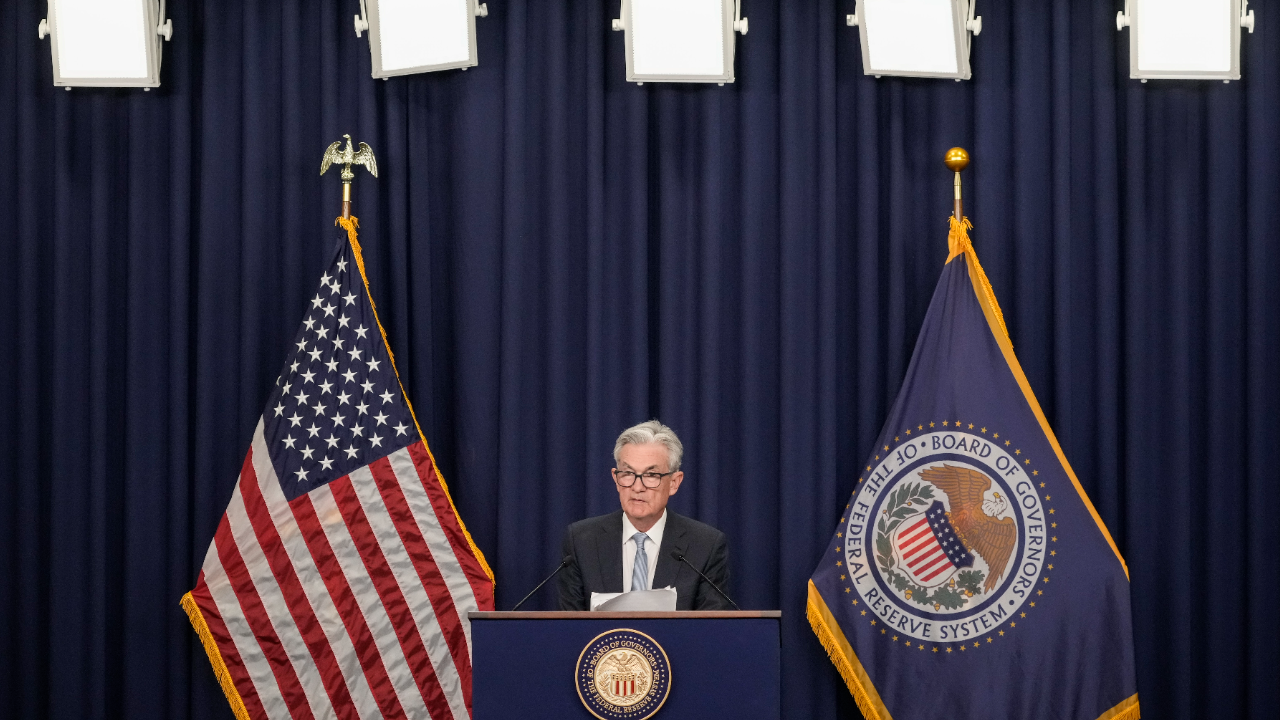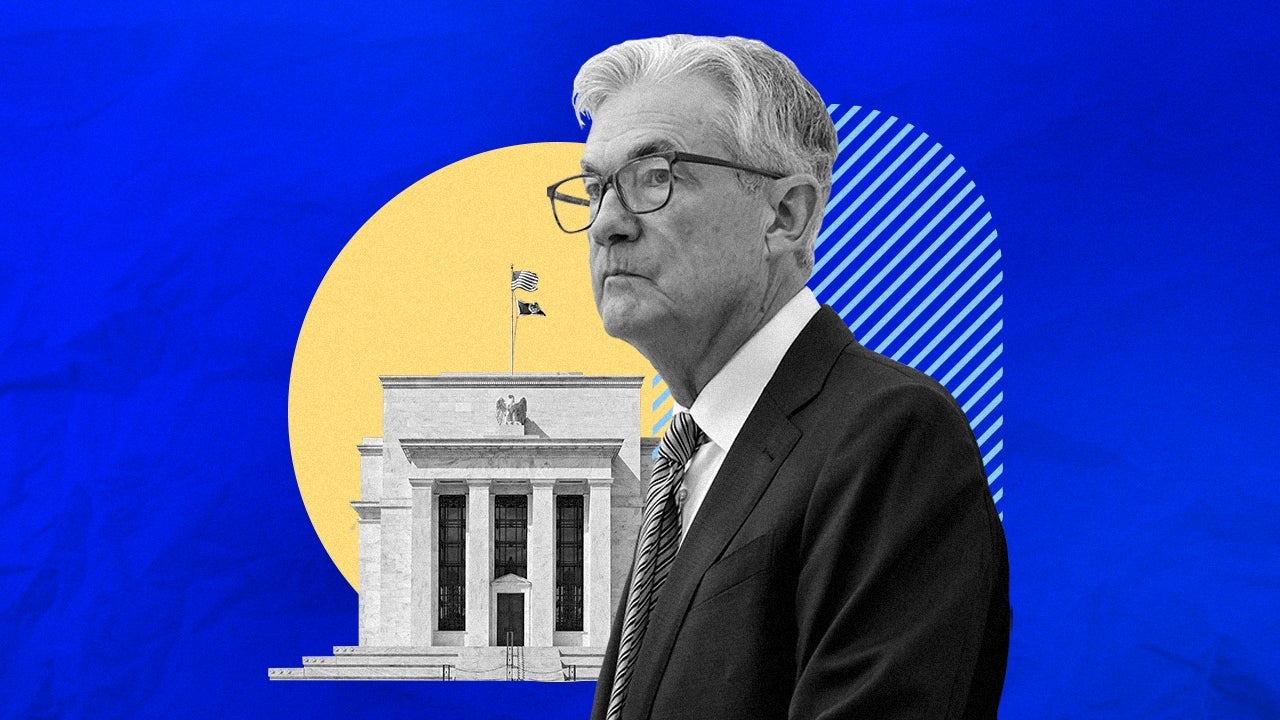Fed minutes: Officials unsure on rate hikes, want plan to stop reducing balance sheet
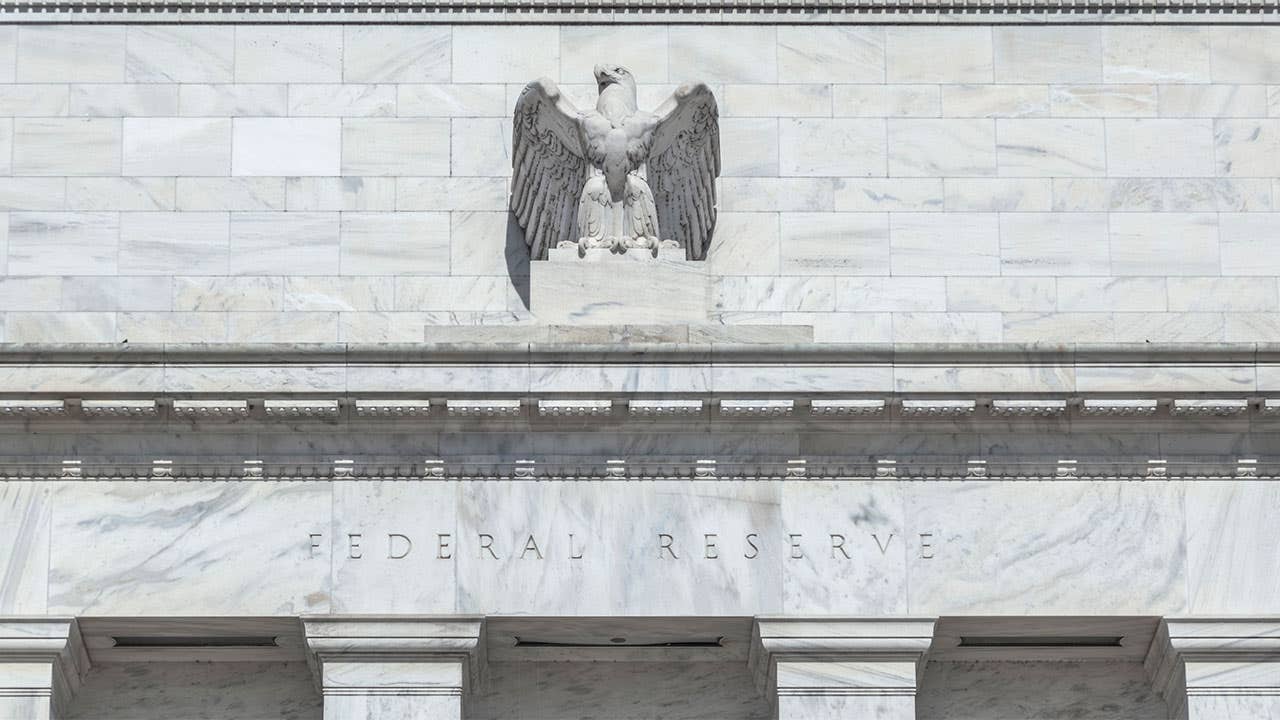
Will the Federal Reserve raise borrowing costs two times in 2019, as it initially anticipated? That’s a question even the officials on the inside can’t answer.
Minutes from the U.S. central bank’s January rate-setting meeting reveal that policymakers debated the outlook for further rate hikes. Many even questioned whether any more increases would be necessary for the U.S. economy, which is on track to celebrate its longest expansion on-record this year.
“Many participants suggested that it was not yet clear what adjustments to the target range for the federal funds rate may be appropriate later this year,” the Fed said in its record of the Jan. 29-30 session, released Wednesday in Washington.
Several participants “argued” that future increases would only be in store if inflation picks up, while others estimated that more hikes will be necessary if the economy performs as they expect, the minutes said.
After voting unanimously to hold borrowing costs unchanged at their January gathering, central bankers vowed to be “patient” when timing future hikes. That marked a shift from the more aggressive language from the Fed’s December post-meeting statement, which called for “further gradual increases.”
Fed watchers saw four interest-rate hikes in 2018 and ended the year thinking at least two more were penciled in for 2019. But the messaging pivot from last month left many guessing whether Fed officials thought any hikes could be in store at all.
Market participants are now betting that the Fed will stay on hold all year, according to CME Group’s FedWatch tool, which is based on the pricing of interest-rate futures.
Still, consumers should operate under the assumption that more borrowing cost increases are on the horizon, says Greg McBride, Bankrate’s chief financial analyst.
“The much ballyhooed term ‘patient’ was used to buy the Fed some time to assess how risks to the economy unfold before deciding on their next move. What wasn’t ballyhooed was the recognition by the Fed that if uncertainty abated, the term ‘patient’ may no longer apply,” McBride said. “In other words, if the economy remains in good shape, we haven’t necessarily seen the last of the interest rate hikes.”
The reason for the pause
Officials are waiting to judge “the possibilities of a sharper-than-expected slowdown in global economic growth,” the minutes said. They’re also keeping their eyes on Brexit and trade policy, while waiting for more clarity following the government shutdown.
Recent data showing tame inflation give them time to judge this impact.
The minutes reveal that these global growth risks gave the Fed reason to pause this time around, as did the general air of uncertainty, according to Sarah House, director and senior economist at Wells Fargo.
“The key is that uncertainty had risen between [the] December and January meetings,” House says. “That really explains the about-face that we saw in Powell.”
Officials also discussed market participants’ reception of the December rate hike, the minutes said. This adjustment marked the fourth increase of 2018 and helped send stocks tumbling to their worst December performance since the Great Depression.
The markets interpreted the committee’s communications “as not fully appreciating the tightening of financial conditions and the associated downside risks to the U.S. economic outlook that had emerged since the fall,” the minutes read, with some perceiving policymakers to be “insufficiently flexible.”
This may signal that financial tightening helped influence the Fed’s dovish pivot, according to McBride.
“Given all the economic positives that remained in place into 2019, it’s evident the Fed was rattled by the markets and caved,” says McBride. “The temper tantrum worked, and investors got their candy.”
At the same time, officials acknowledged that the economy is strong, citing robust monthly job gains, a half-decade low unemployment rate and strong household spending, according to the minutes.
But the Fed just thought the risks weighed more, says Vincent Reinhart, chief economist and macro strategist at Mellon.
“They were worried about the risks to the outlook, the shutdown, and financial markets abroad,” Reinhart says. It’s about risk management, which “is a more appropriate way of saying we’re covering our eyes at the scary part of the movie.”
The balance sheet runoff
Officials also widely agreed to lay out a plan for ending the balance sheet runoff, referring to the gradual selling off of assets that the Fed purchased a decade ago, to keep the economy afloat during the financial crisis.
“Almost all participants thought that it would be desirable to announce before too long a plan to stop reducing the Federal Reserve’s asset holdings later this year,” the minutes read. “Such an announcement would provide more certainty about the process for completing the normalization of the size of the Federal Reserve’s balance sheet.”
(READ: Everything you need to know about the balance sheet – and how it could impact you)
There’s not much consensus, however, what that process will look like – and what the total will end up being. Federal Reserve Bank of New York president John Williams said in an interview with Reuters that around $1 trillion in reserves would be sufficient.
Still, that’s significantly more than the pre-crisis era, and it’s going to end up being bigger “without a doubt,” according to Joe Song, senior U.S. economist at Bank of America.
“They already knew heading into this that the balance sheet was going to be bigger,” Song says. “I think the question is, what is that level? You could get there in various ways.”
The next step
The Fed rarely raises rates back-to-back, but the minutes reveal that this pause may be different, says Wells Fargo’s House. That’s because interest rates are approaching the “neutral rate of interest,” or the point when borrowing costs neither speed up or slow down the economy.
Federal Reserve Chairman Jerome Powell went from saying in October that the Fed was “a long way from neutral,” to stating that the interest rate is now “in the range of it” during the Federal Open Market Committee (FOMC) press conference last month.
Before, it was generally understood that “rates are still going to be rising once we get through this soft patch. But I think now, we’re much closer to the end of the cycle,” House says. The Fed is thinking “we’re roughly at neutral, maybe not quite there yet, but let’s see how the tightening that we have done actually filters through.”
Participants noted that policymakers would “need to reassess the characterization of monetary policy as ‘patient’” should the storm clouds pass, the minutes said. In other words, more interest rate increases could be on the horizon.
This means consumers should still work on paying down debt and boosting their savings, McBride says.
“Keep on keeping on,” McBride says. “Treat it as if interest rates will rise further because if the economy hangs in there, they will. And if interest rates don’t rise, it’s likely because the economy has deteriorated — in which case, you want to have less debt and more savings for sure.”


